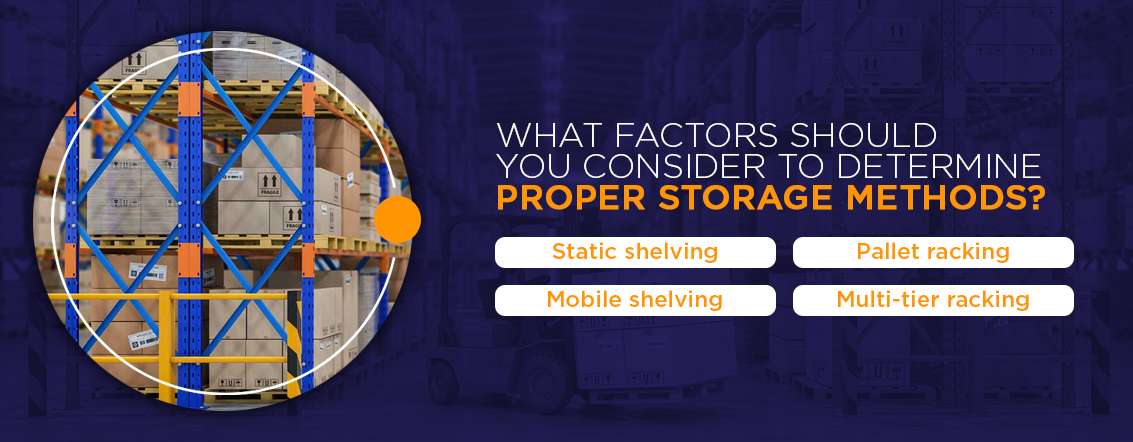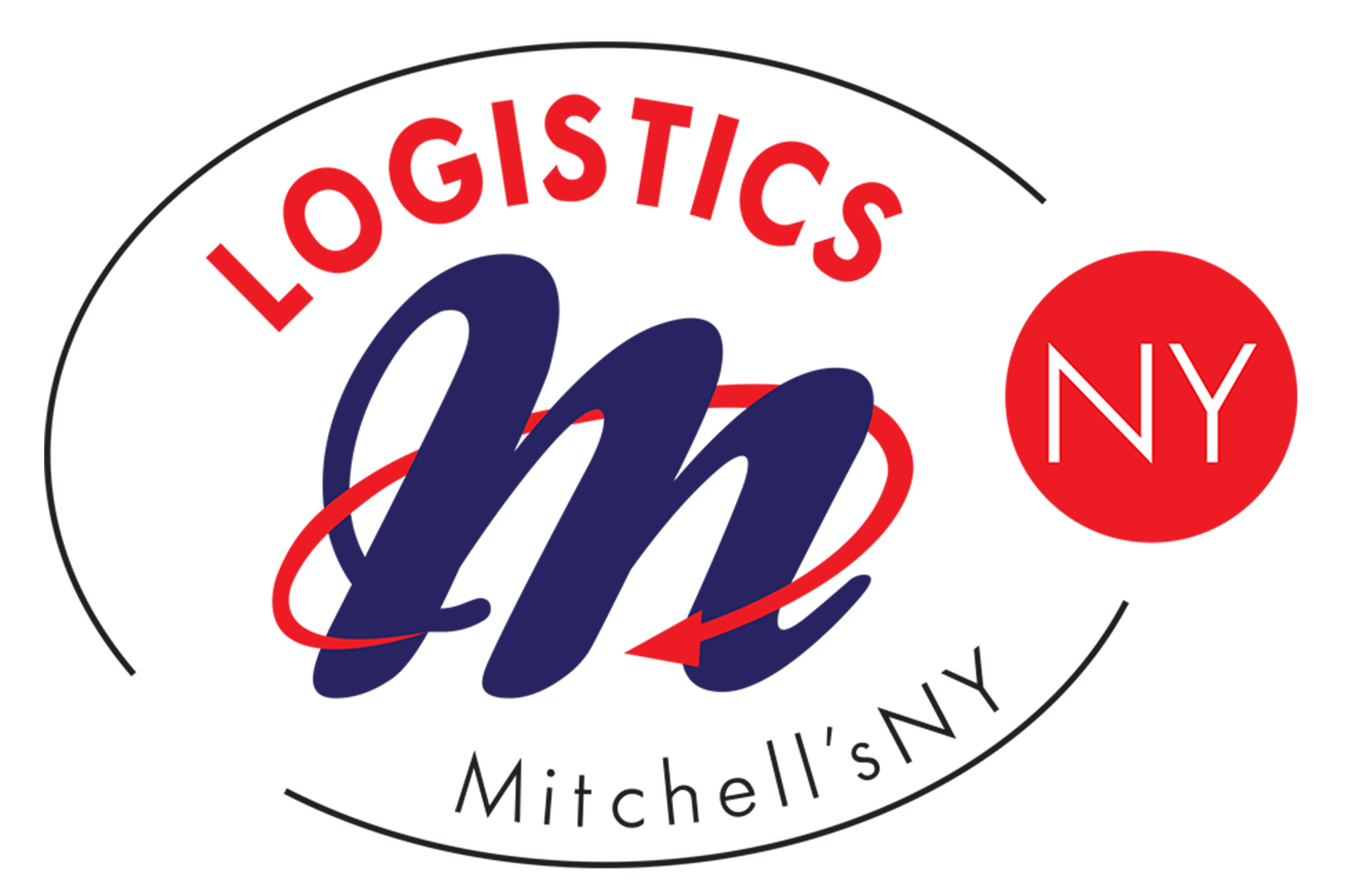
Demand in the warehousing industry is growing exponentially. Due to the rise in e-commerce, the ability to house inventory and get it to customers quickly is paramount. The total value of same-day delivery items shipped hit $4.03 billion in 2018. With the need for more inventory and faster shipping, warehouse selection is critical for small businesses and large corporations.
What Factors Should You Consider While Choosing a Warehouse?
Warehouse location optimization involves maximizing profits and minimizing costs. Some locations have higher rent and median salaries, where you might also find a more skilled workforce and better transportation. Warehouse rental costs might go down the further you get from major airports and highways. In this case, you might find higher transportation costs. Here are some of the warehouse location criteria you should keep in mind.

Projected Growth
Consider that the warehousing industry has seen a 3.9% annual growth since 2015. It’s crucial to pick a warehouse space that will grow with you. When you put the time and care into selecting the right location and building, you want it to work for years to come. So, when searching for a warehouse for your business, look at its capacity. It should be able to store all the units you currently need and leave enough space for growth. Optimizing your space and storage methods with time can also help your warehouse stay in line with increasing inventory.
Workforce Availability and Skills
The warehousing labor workforce looks very different throughout the country. Some of the places where average warehousing wages are the highest include Tipton, Fayette and Lauderdale Counties, Tennessee, and Carmel City and Fishers Town, Indiana. While the majority of warehouse workers make between $20,000 and $30,000 per year, these numbers can vary based on location. Fontana, California, and Memphis, Tennessee, both employ the highest concentration of warehouse workers.
It’s crucial to study the workforce in the areas you consider. If you choose to work with a warehousing partner, you can assess their staff. In this case, look at the kinds of inventory the team currently deals with to see if they have experience doing the type of warehousing you need.
Rent or Property Costs
Just as with the workforce, rental prices and property costs vary widely. In the U.S., the average asking price for a warehouse or distribution center is $6.10 per square foot per year. Prices in Memphis average around $2.92 per square foot annually, while in the San Francisco Peninsula, rent is $23.36 per square foot annually. In the New York City Metro area, the average warehouse rent is $9.62 per square foot per year. While rent prices are projected to stay the same in 2020, consider this ongoing cost in your warehouse selection.
It’s also important to consider property costs. Between taxes and utility costs, your overhead can change dramatically. Property taxes fluctuate depending on region, so be sure to research these costs. Also necessary are utilities. Depending on the kind of warehouse space you need, you’ll have to factor utilities into your location selection. A refrigerated warehouse, for example, will spend a lot on electricity and water. An often overlooked utility is the availability of high-speed internet in your area. Internet is critical to your success as warehouse management becomes increasingly automated.
Transportation Proximity
What Factors Should You Consider to Determine Proper Storage Methods?
There are a few factors to consider as you select the proper storage method for your warehouse. The two primary considerations are weight and how you sort items. Inventory that comes in large boxes is too heavy to lift by hand and requires a storage method designed for forklifts. A warehouse that handles small orders and lightweight items will usually need hand-sorting. Here are four common storage methods you might consider.
- Static shelving: A static shelving storage method uses shelves that stay in one place. They generally hold a few hundred pounds per shelf, making them ideal for lightweight inventory. It works best for stock that needs continuous replenishment and requires hand-picking items.
- Mobile shelving: Mobile shelving is adjustable and can hold more items in less space. It still requires manually-picked inventory. Here, shelves are mounted on rail systems, making things more accessible even in a tight area.
- Pallet racking:Wooden, metal and plastic pallets hold inventory that comes in boxes. Pallets accommodate forklifts and are the storage method of choice for the biggest and busiest warehouses. Pallet racking has a variety of organizational systems to choose from.
- Multi-tier racking: Multi-tier racking helps a warehouse maximize its vertical space. You can add or remove tiers as needs change. Multi-tier racks give you the most value when you pack them tightly and are generally best for lighter weight inventory.
What Factors Should You Consider When Choosing a Warehouse Management System?
Choosing the right warehouse management system is another critical factor to consider. The right technology helps you track inventory, speed up operations and organize your warehouse. The system combines software with equipment such as barcode scanners. There are several criteria to consider when selecting software for your warehouse.
- Custom build-out capabilities
- Real-time updates
- Integration with order entry and inventory control modules
- Support for your picking methods
- Scalability
- Equipment integration
Let Mitchell’sNY Logistics Handle Your Inventory for You
In the busy New York City area and the ever-changing demands of your business, last-mile logistics can get pretty complicated. Mitchell’sNY Logistics offers a comprehensive solution for your warehousing and distribution needs. Our expansive warehouse can hold inventory of any kind, and our network of delivery drivers and couriers helps you streamline the process of shipping, packing and delivering merchandise in the entire east coast corridor. With Mitchell’sNY Logistics, you take the guesswork out of warehouse decisions and get a distribution partner you can count on.
Our dedicated team will act as an extension of your business, so give us a call or send us a note to chat about your needs with someone you can trust. You can also get the best advice the New York City logistics industry has to offer with our Delivery, Logistics and Supply Chain Management consulting services.





